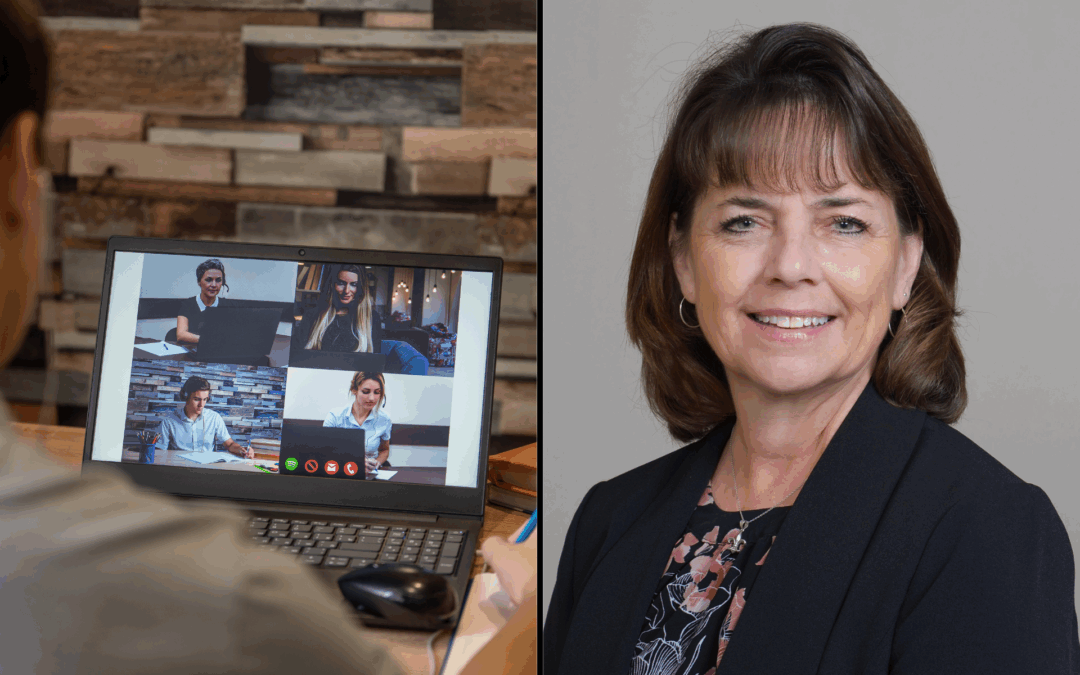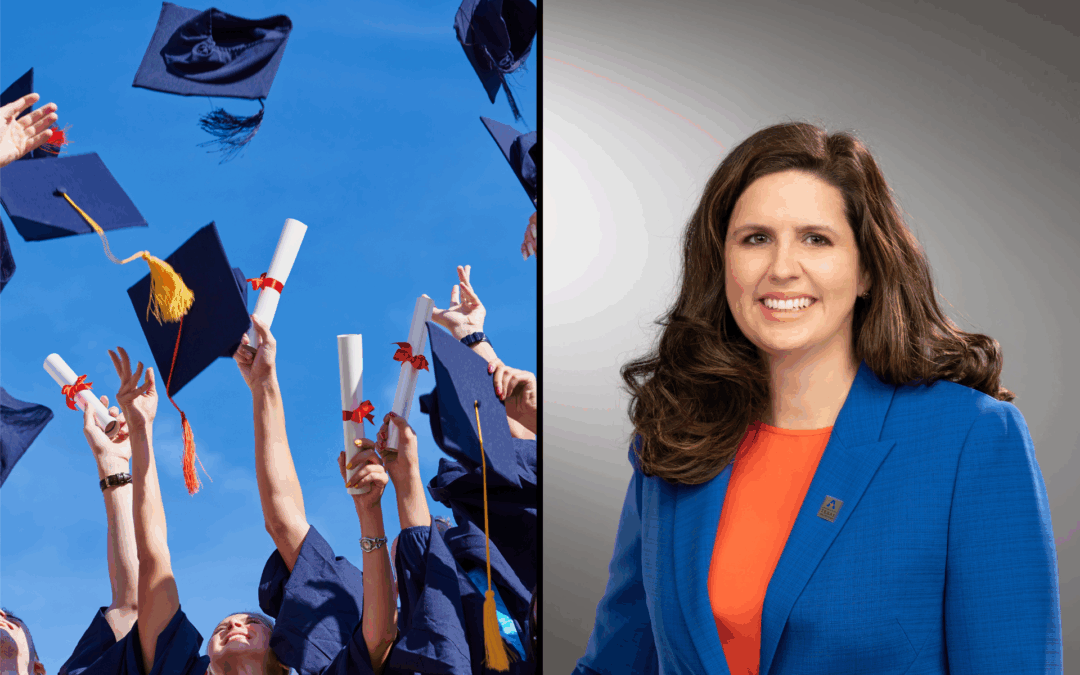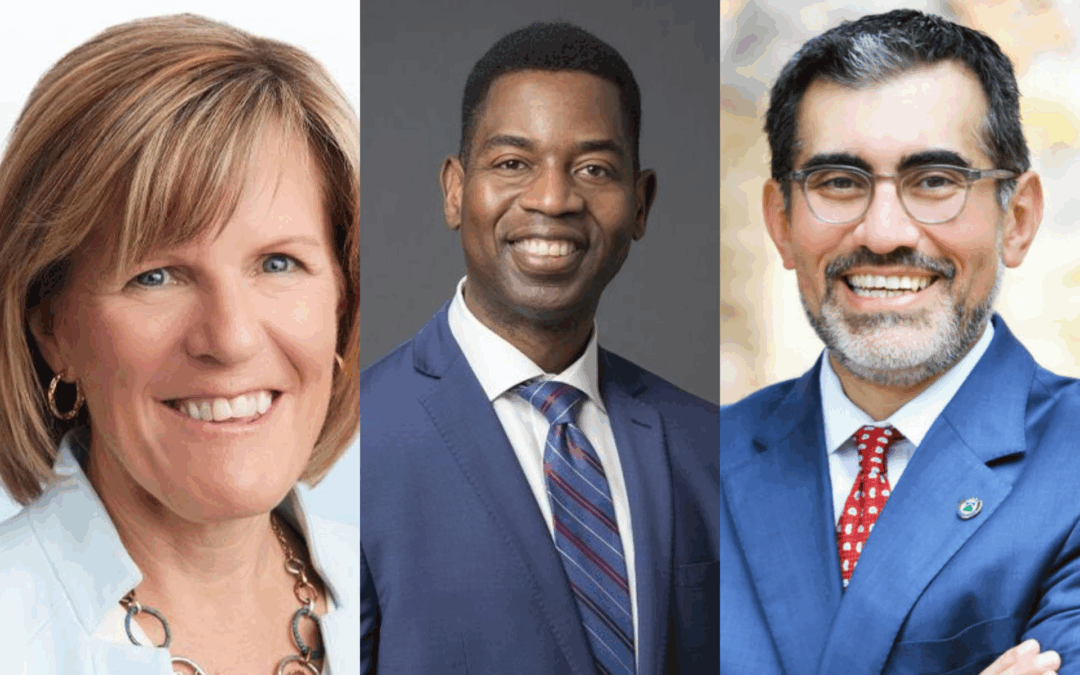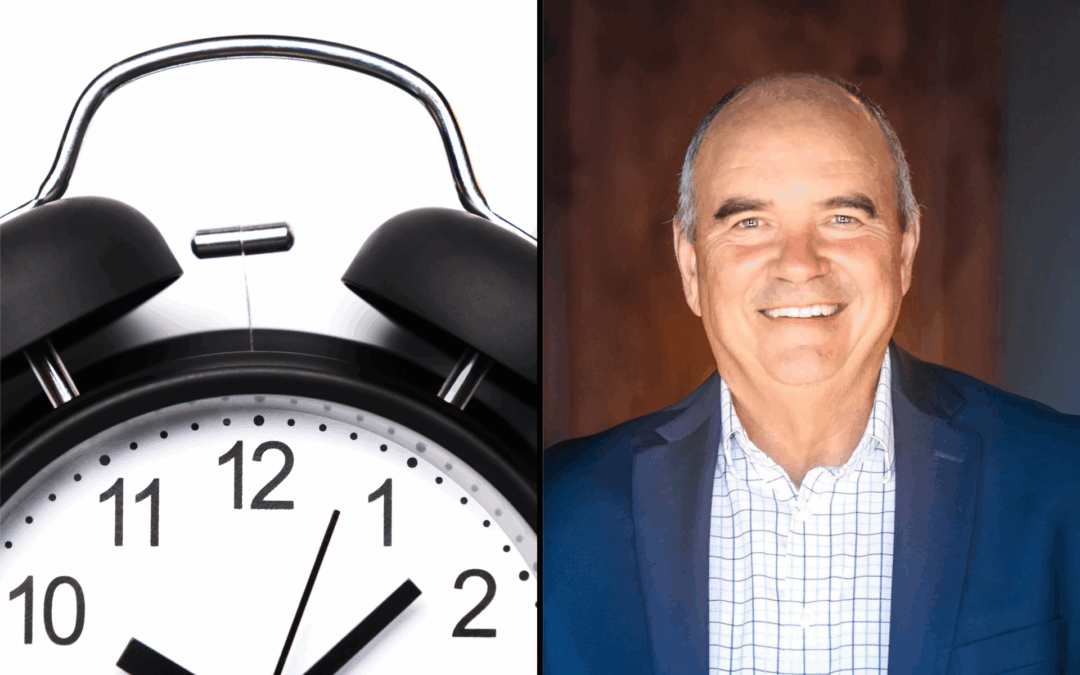
How SAN Supports Online Education
How SAN Supports Online Education
Why it matters:
The State Authorization Network (SAN) helps nearly 1,000 institutions navigate complex interstate regulatory requirements for online education, ensuring student consumer protections and educational access.
Key insights:
- SAN provides analysis, training, and collaboration to help institutions develop compliance processes for state and federal regulations
- New regulations require institutions to certify they meet educational requirements where students are located at enrollment time
Bottom line:
As online education continues expanding access, institutions must navigate increasingly complex regulatory environments while maintaining focus on student success and accountable innovation.






Recent Comments